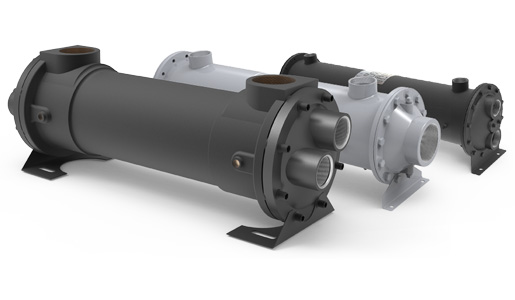Our shell and tube heat exchanger combines robust design with exceptional thermal performance. Engineered for versatility, it effectively manages heat transfer across a variety of industrial processes. The shell-and-tube configuration allows for easy maintenance and high resistance to pressure and temperature extremes. Ideal for large-scale applications, it ensures reliable and efficient operation, making it a top choice for industries requiring durable and efficient heat exchange solutions.

